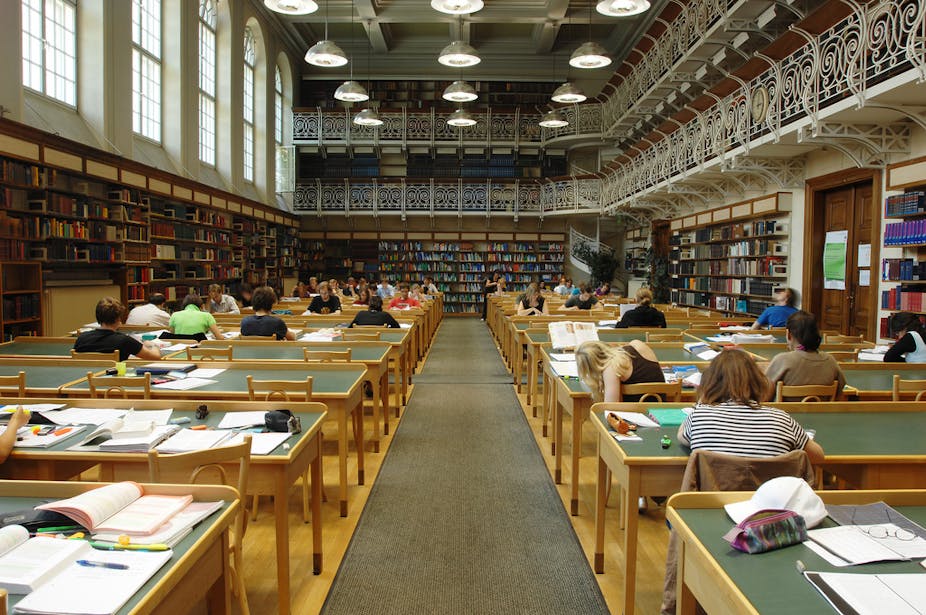2014 has been dubbed the Year of Reading Women. This was a response to 2013 figures that showed a huge imbalance between the way male and female authors are treated in reviews. The nominees for the inaugural Folio Prize seem to be heading in the right direction: five of the eight are women.
Increasingly websites are springing up that monitor women’s representation in the media. The Women’s Room, for example, includes a media watch page to show where women are included and excluded from journalism and broadcasts. It makes terrifying reading: women are not only unrepresented in reporting of a range of areas from politics to sports, but at times they are even absent for the obituary sections of major national newspapers.
The Women’s Room was set up in response to research that shows that while women appear in the media largely as victims (79% of victims reported in the media are female), three quarters of experts cited are male. The project endeavours to counter that trend by providing a list of self-nominated women researchers and specialists, who are happy to be contacted by journalists and broadcasters researching a story in their area.
Such proactive approaches seem to be having a positive effect. Although still significantly imbalanced, there has been marked improvement in gender parity for publications such as The New York Review of Books and The Paris Review. The London Review of Books, however, did not fare so well. This was picked up by Mariella Frostrup in Radio 4’s Open Book.
The LRB’s defence blames both women and patriarchal society: women do not put themselves forward; they don’t like to criticise other women; there are insufficient women academics in key areas; women are too busy juggling motherhood and housework with having careers; women are not assertive enough; women have more important things to think about such as unequal pay and low rape convictions.
Yet we know that there are many successful academic and professional experts out there who happen to be women. The LRB clearly signals that it does not accept any responsibility itself, nor does it recognise that its own editorial and commissioning practises may be part of the problem. Unlike some of its counterparts in the USA, and indeed some other UK journals, the LRB refuses to respond to the challenge and to adopt a proactive approach, and their response sums this up entirely.
The reaction to this has unsurprisingly been very critical. But criticising the media is not enough. If the situation is to change, journalists and broadcasters need to rethink how they research. It is worth contrasting the LRB’s attitude with that of the LSE Review of books, which is proactive in seeking women reviewers and provides guidance for editors and journalists.
But to change this fundamentally, we need to start in the classroom. Academics need to promote women’s writing more actively in school and university. We are training the next generation of teachers, journalists and broadcasters. If our students are not exposed to the richness and diversity of women’s writing, theory and criticism, we can hardly blame the media for mirroring our own failings.
Joanna Walsh’s Twitter campaign #ReadWomen2014 seeks to draw readers’ attention to neglected women writers. The idea of teaching courses on women’s writing as part of English Literature degrees can seem curiously old fashioned, and many female authors justifiably rail against being described as a “woman writer” just as other professionals object to terms like “woman doctor” or “woman pilot”.
While I would argue that there is a tradition of women’s writing that can discussed in its own right, I still think that far more can be achieved simply by ensuring that every English Literature course includes equal numbers of books by women as by men. Many English Literature courses are underpinned by Victorian and early 20th century assumptions that value literary works by men above those by women. But the amount of contemporary research into women’s writing has challenged such judgements, and there are a wealth of recently republished books out there by women from the Middle Ages and Renaissance to the present day.
Perhaps we need to introduce a Bechdel test for the classroom. The Bechdel test, devised in 1985 by Alison Bechdel, the graphic novelist, asks whether a novel or a movie includes at least two women who talk to one another about a subject other than men. This year’s Oscar nominated films did not do very well.
But would our English Literature programmes in school and universities do better? Let’s set the bar low to start. Are at least 25% of set texts by women? Do these texts include anything other than romances or love poems? Is at least 25% of the criticism by female academics? My suspicion is that if we ran this test, a lot of English literature courses would fail. And what kind of expectations does this raise in our students, the journalists, editors and reviewers of tomorrow?

